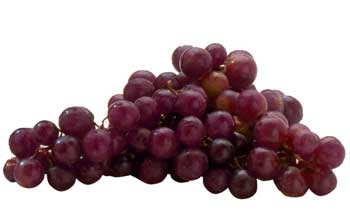
One way or another you’ve probably already heard of St. Catherine’s monastery in the Sinai because of its long religious tradition: It sits at the base of Jebel Musa, one of the traditional locations of Mt. Sinai, and for centuries it was home to the famed Codex Sinaiticus, possibly the world’s oldest extant copy of the Christian Bible.a But now a recent archaeological discovery has put the site of St. Catherine’s on the map again—not so much for its holy relics as for its “vintage” appeal.
Egyptian archaeologists announced the discovery this past summer of two wine presses carved with large crosses, not far from the monastery complex. Along with the presses (of which the archaeologists expect to find more), clay amphorae (storage jars), grape seeds and several gold coins from the reign of the Roman emperor Valens (364–378 A.D.) have been recovered.
The archaeologists believe that these presses were part of an ancient wine-producing hub—likely the earliest in the area. They suggest that early Christians at the site specially irrigated the fields to grow grapes in the hot desert climate and produce wine for export across the Christian world. This wine was considered holy and suitable for use in Eucharistic celebrations because it had come from a site of major religious significance.—D.D.R.
Already a library member? Log in here.
Institution user? Log in with your IP address.

